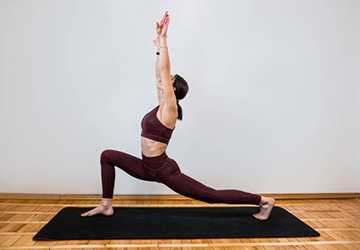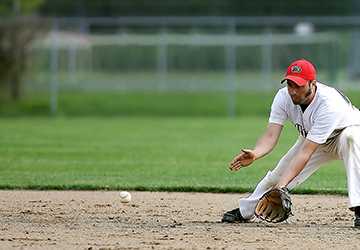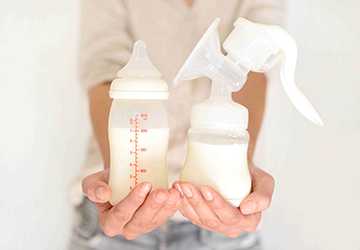Swaddling, a practice as old as civilization itself, involves wrapping a newborn in a blanket to mimic the snugness of the womb. This guide emphasizes the importance of learning how to swaddle safely. Proper swaddling can be beneficial for soothing babies and promoting better sleep. This baby swaddling guide aims to provide an in-depth understanding of swaddling techniques and safety measures to ensure the well-being of your newborn.

Understanding Swaddling
The Basics of Swaddling
Swaddling, a traditional practice for soothing newborns, involves carefully wrapping the baby in a blanket to create a secure and cosy environment. This technique emulates the snugness and warmth of the womb, offering comfort and a feeling of security. The gentle pressure of the swaddle helps calm babies, often leading to better sleep and reduced fussiness. By recreating this womb-like experience, swaddling can be an effective way to soothe and settle newborns during their early stages of life.
Cultural and Historical Background
Swaddling has been practised for centuries across various cultures. This traditional method has been handed down through generations, signifying its importance in infant care.
Health and Safety Benefits
When done correctly, swaddling can significantly reduce the startle reflex in babies, potentially aiding in better and longer sleep. Moreover, swaddling can provide a comforting, womb-like environment that soothes a newborn. However, it's critical to swaddle correctly to ensure the baby's safety and health.
How to Swaddle Safely
Step-by-Step Guide to Safe Swaddling
1. Lay a soft, breathable blanket on a flat surface in a diamond shape, folding the top corner down.
2. Place your baby face-up on the blanket, with their head above the folded corner.
3. Wrap the left side over your baby, tucking it snugly under the right side of their body.
4. Bring the bottom corner up, leaving room for hip movement.
5. Wrap the right side over and tuck it under the left side of your baby, ensuring the swaddle is snug but not too tight.
Choosing the Right Materials
For swaddling a newborn, use a lightweight, breathable fabric to prevent overheating. The blanket should be large enough to wrap comfortably around the baby without being too bulky.
Safety Precautions
● Ensure the swaddle is snug but allows for hip and leg movement to avoid the risk of hip dysplasia.
● The baby's head and neck should remain uncovered, and the swaddle should stay securely below the shoulders.
● Always place a swaddled baby on their back to sleep to reduce the risk of Sudden Infant Death Syndrome (SIDS).
● Regularly check the baby's temperature to prevent overheating.
In conclusion, swaddling can be beneficial for soothing newborns, but it's essential to follow safe swaddling practices. This baby swaddling guide is designed to help you master the art of swaddling safely, ensuring your baby's comfort and security.

Tips for Safe and Effective Swaddling
Enhancing Swaddling Techniques
For effectively swaddling a newborn, laying your baby on a flat, firm surface is essential. This provides a safe and stable base for swaddling. When wrapping the blanket, use gentle hands to avoid tightness that could be uncomfortable or restrictive for your baby. The key to swaddling safely is to ensure the swaddle is snug around the chest, providing a sense of security while being loose enough around the hips and legs to allow a full range of motion. This balance is crucial in preventing issues like hip dysplasia and ensuring your baby's comfort and safety. Proper swaddling technique, as outlined in this guide, helps calm and soothing your baby effectively.
Avoiding Common Mistakes
Common mistakes include swaddling too tightly, which can restrict breathing and lead to overheating. Also, ensure the swaddle does not become loose, as loose fabric can pose a suffocation risk. Avoid covering the baby's head, and ensure their face and neck remain unobstructed.
Recognizing an Improper Swaddle
A swaddle that's too tight may restrict your baby's breathing and impede hip development. Conversely, a swaddle that is too loose can come undone, increasing the risk of the baby covering their face with the blanket. Regular naps and sleep checks can help ensure the swaddle remains safe and comfortable.
When to Stop Swaddling
Knowing When to Transition
Typically, parents should consider stopping swaddling when the baby starts showing signs of rolling over, which usually occurs around 3-6 months. Swaddling beyond this point can restrict the baby's movement and development.
Signs to Look For
When considering when to stop swaddling your baby, watching for developmental signs is essential. A key indicator is when your baby frequently breaks free from the swaddle, a sign they might need more freedom of movement. These behaviours suggest that your baby is developing motor skills and requires more space to explore these new abilities. Continuing to swaddle at this stage can restrict natural movement and potentially hinder motor development. Therefore, observing these signs closely will help you determine the right time to transition away from swaddling, ensuring your baby's continued growth and comfort.
Alternatives to Swaddling
Transitioning from swaddling is crucial as your baby grows and requires more freedom of movement. Wearable blankets or sleep sacks are excellent alternatives that provide the necessary warmth without restricting your baby's movement. These garments are designed to keep the baby cosy and safe, with free arms, which is crucial for developing motor skills. Free arms also significantly reduce the risk of your baby rolling over while swaddled, a critical safety concern as they grow more active. These alternatives to traditional swaddling blankets offer a safer sleeping environment, allowing your baby to move and stretch naturally while feeling secure and comfortable.
Conclusion
In conclusion, swaddling is a valuable practice for comforting newborns but must be done correctly to ensure safety. By following these guidelines on swaddling safely, parents can provide their babies with a secure and soothing environment. Remember to observe your baby's growth and development cues when it's time to transition away from swaddling. With the proper techniques and attentiveness, swaddling can be valuable in your baby care toolkit.








